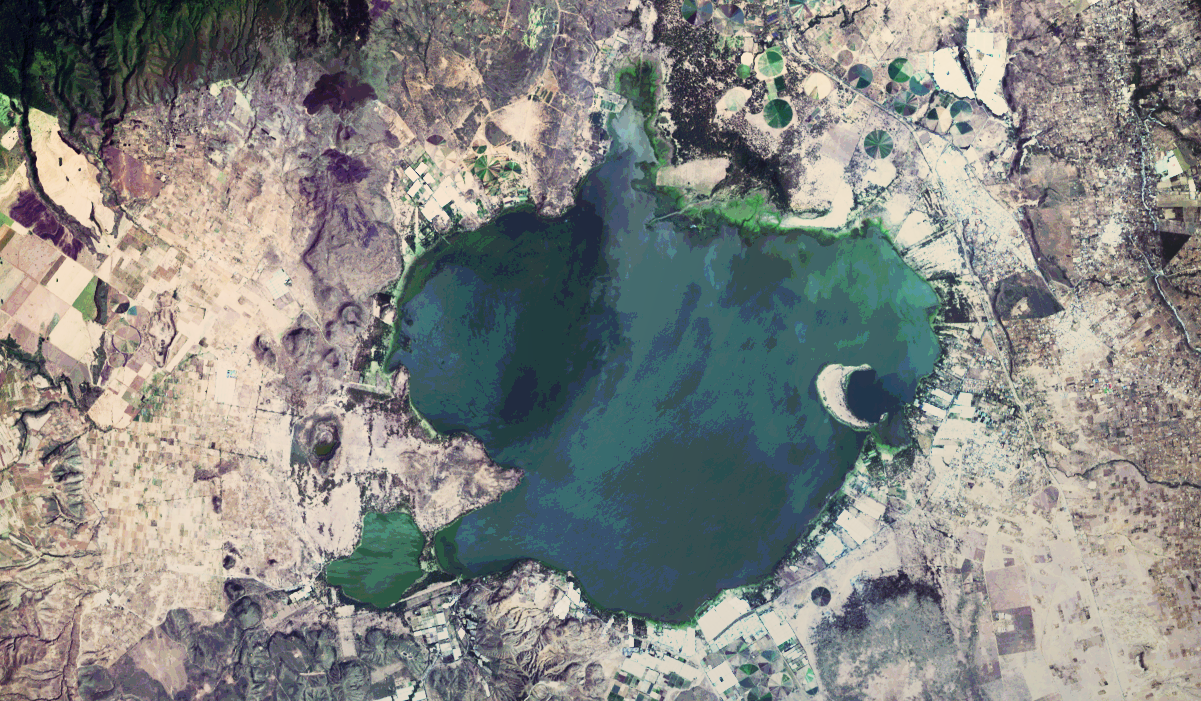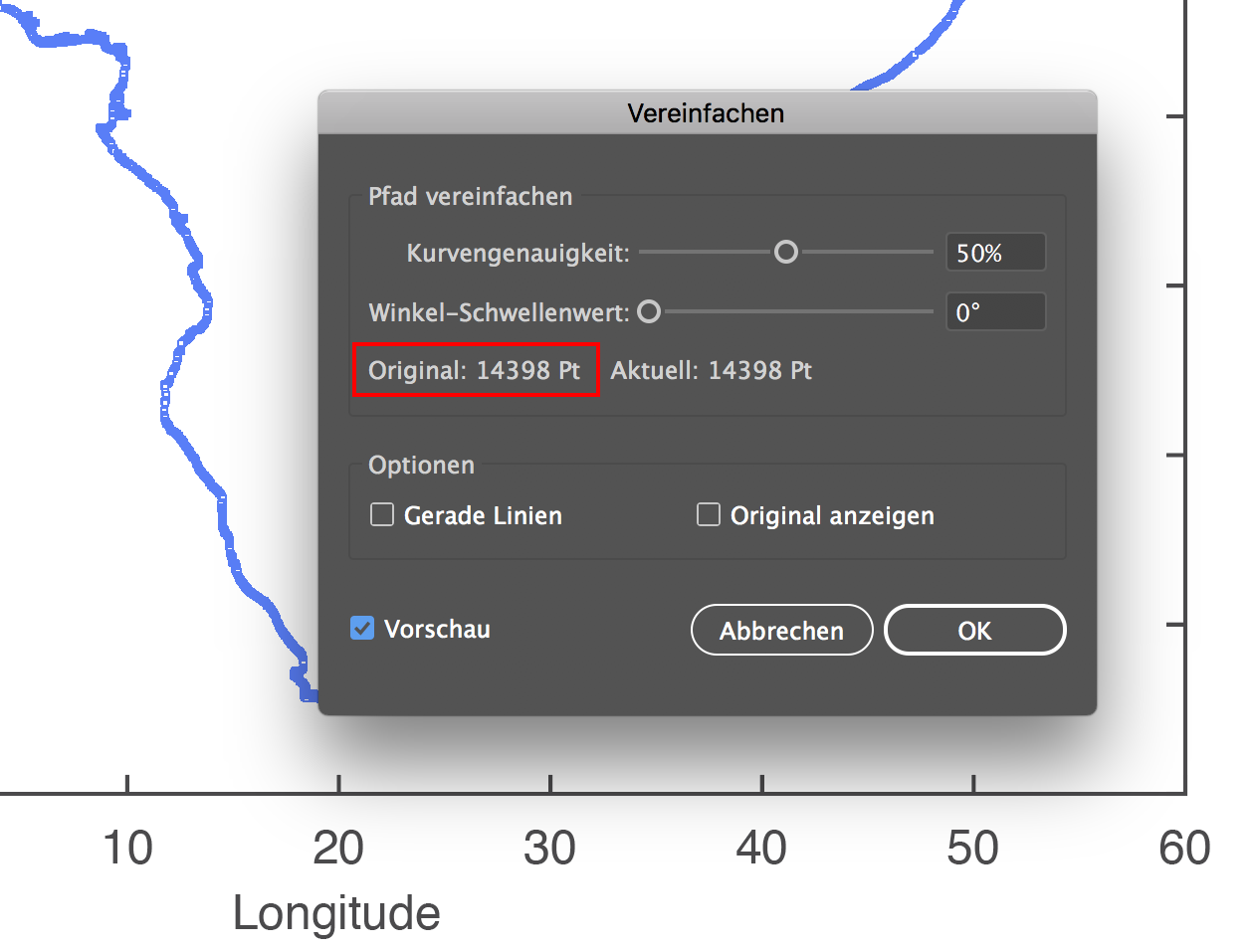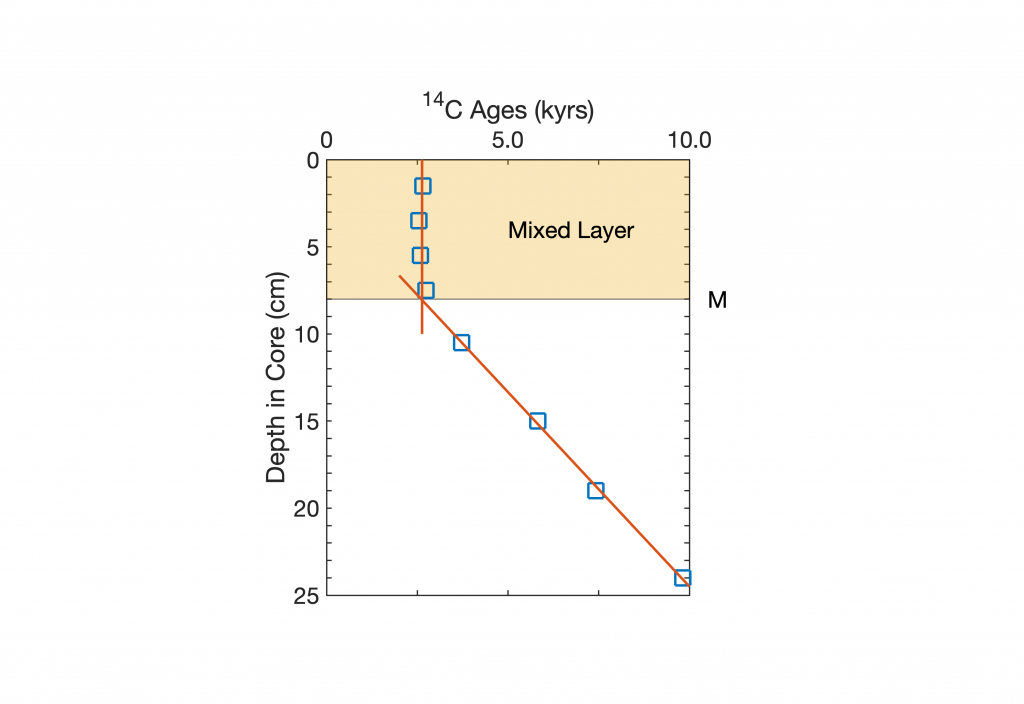MATLAB is now a widely used tool in satellite remote sensing. Here is an example of importing, processing, and exporting freely-available Landsat images of Lake Naivasha in the Central Kenya Rift. Continue reading “Importing, Processing and Exporting LANDSAT Images with MATLAB”
MATLAB Does ‘Some Optimization’ When Drawing Line Vertices, Support Says
While working on the 2nd edition of MDRES we noticed that the number of vertices of the coastline polygon of the GSHHG example described in an earlier post did not have the 28033 vertices as expected from the original data set. The number of vertices, as counted by vector graphics software such as Adobe Illustrator CC 2017 was 14398 instead. This was a surprise and important enough to write this note to the readers of both the MRES and MDRES book. Continue reading “MATLAB Does ‘Some Optimization’ When Drawing Line Vertices, Support Says”
The MATLAB/LEGO MINDSTORMS Environmental Remote Sensing Lab Started Today
Today was the first day of the MATLAB/LEGO MINDSTORMS Environmental Remote Sensing. The course for undergraduate and graduate students aims to improve their skills to build efficient teams to solve typical problems in earth sciences in acquiring, processing and analyzing typical multispectral, geophysical and geometric data. Continue reading “The MATLAB/LEGO MINDSTORMS Environmental Remote Sensing Lab Started Today”
Detecting Change Points in Time Series with MATLAB
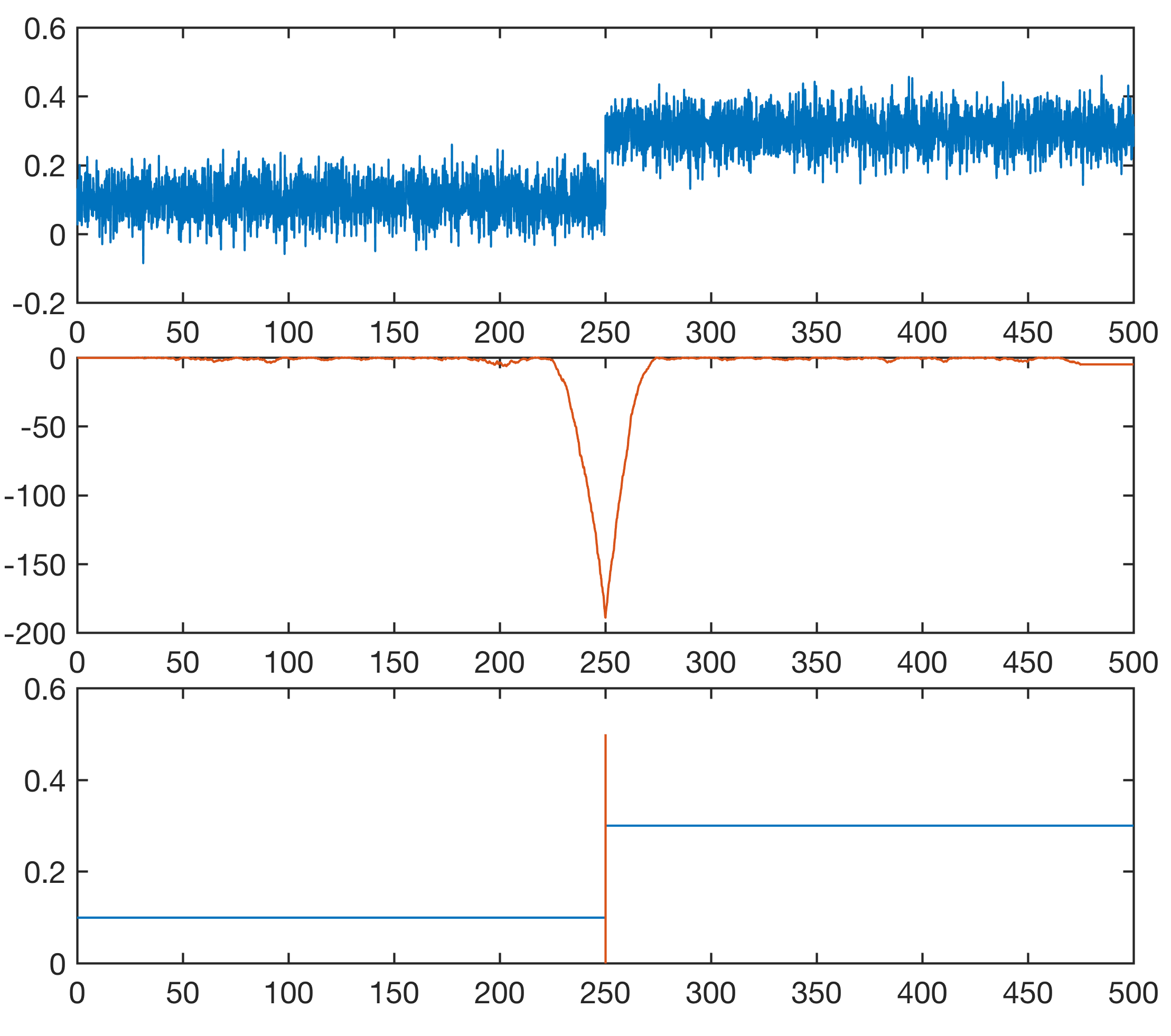 Detecting change points, such as abrupt transitions in the mean, the variance, the trend in time series is an important task of modern time series analysis. As an example, possible tipping points in the Earth’s climate system are currently being intensively investigated. Detecting, not predicting, change points in time series can be done using various methods with MATLAB, including the function findchangepts introduced with release R2016a and contained in the Signal Processing Toolbox. Continue reading “Detecting Change Points in Time Series with MATLAB”
Detecting change points, such as abrupt transitions in the mean, the variance, the trend in time series is an important task of modern time series analysis. As an example, possible tipping points in the Earth’s climate system are currently being intensively investigated. Detecting, not predicting, change points in time series can be done using various methods with MATLAB, including the function findchangepts introduced with release R2016a and contained in the Signal Processing Toolbox. Continue reading “Detecting Change Points in Time Series with MATLAB”
MATLAB-Based Simulation of Bioturbation, Part 4
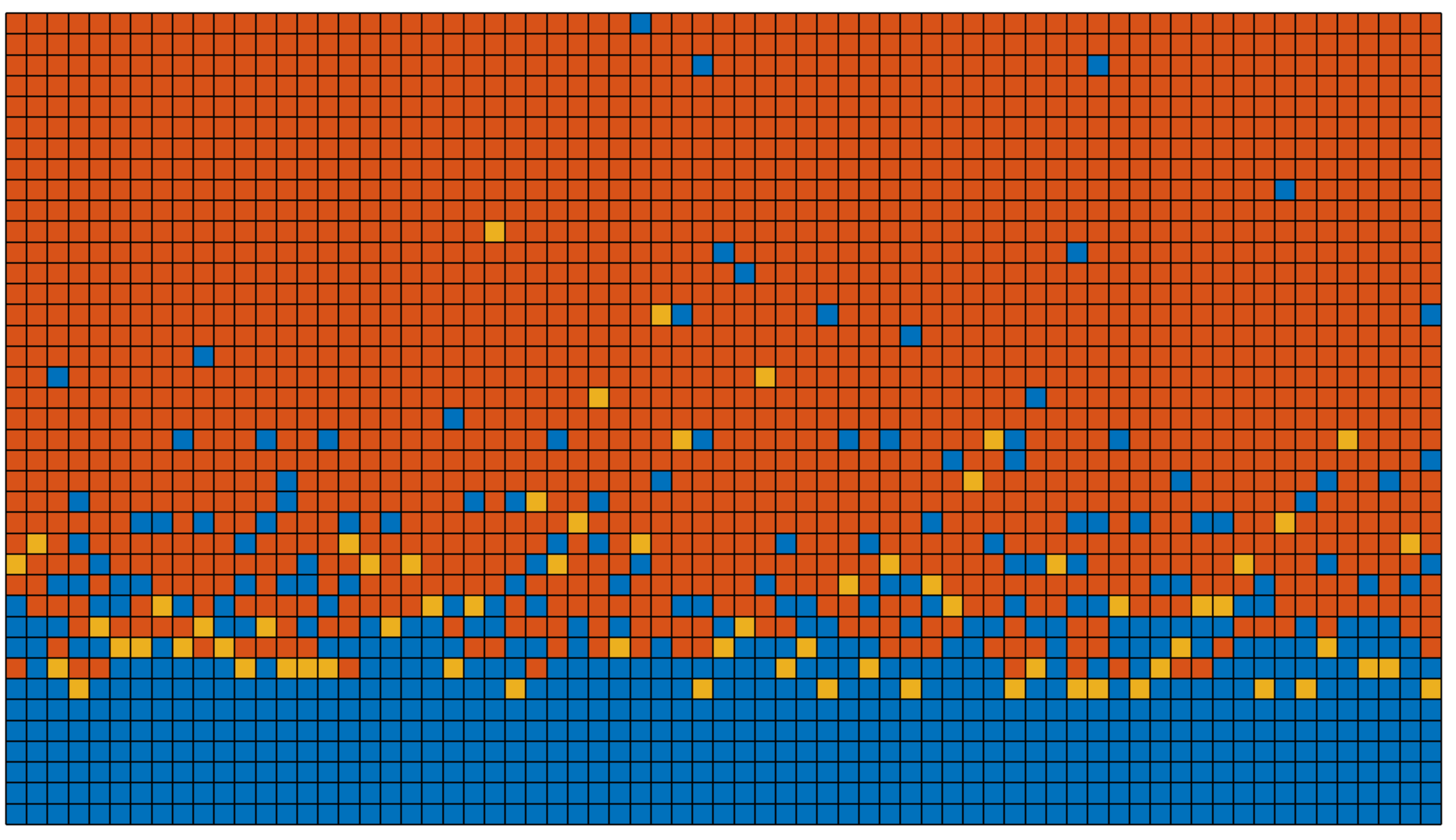
Here is the second of several animated models of bioturbation. It simulates the effect of mixing of a 5 cm thick layer by benthic organisms on a single 1 cm thick layer of yellow particles, followed by layers with 100% red particles. Continue reading “MATLAB-Based Simulation of Bioturbation, Part 4”
MATLAB-Based Simulation of Bioturbation, Part 3
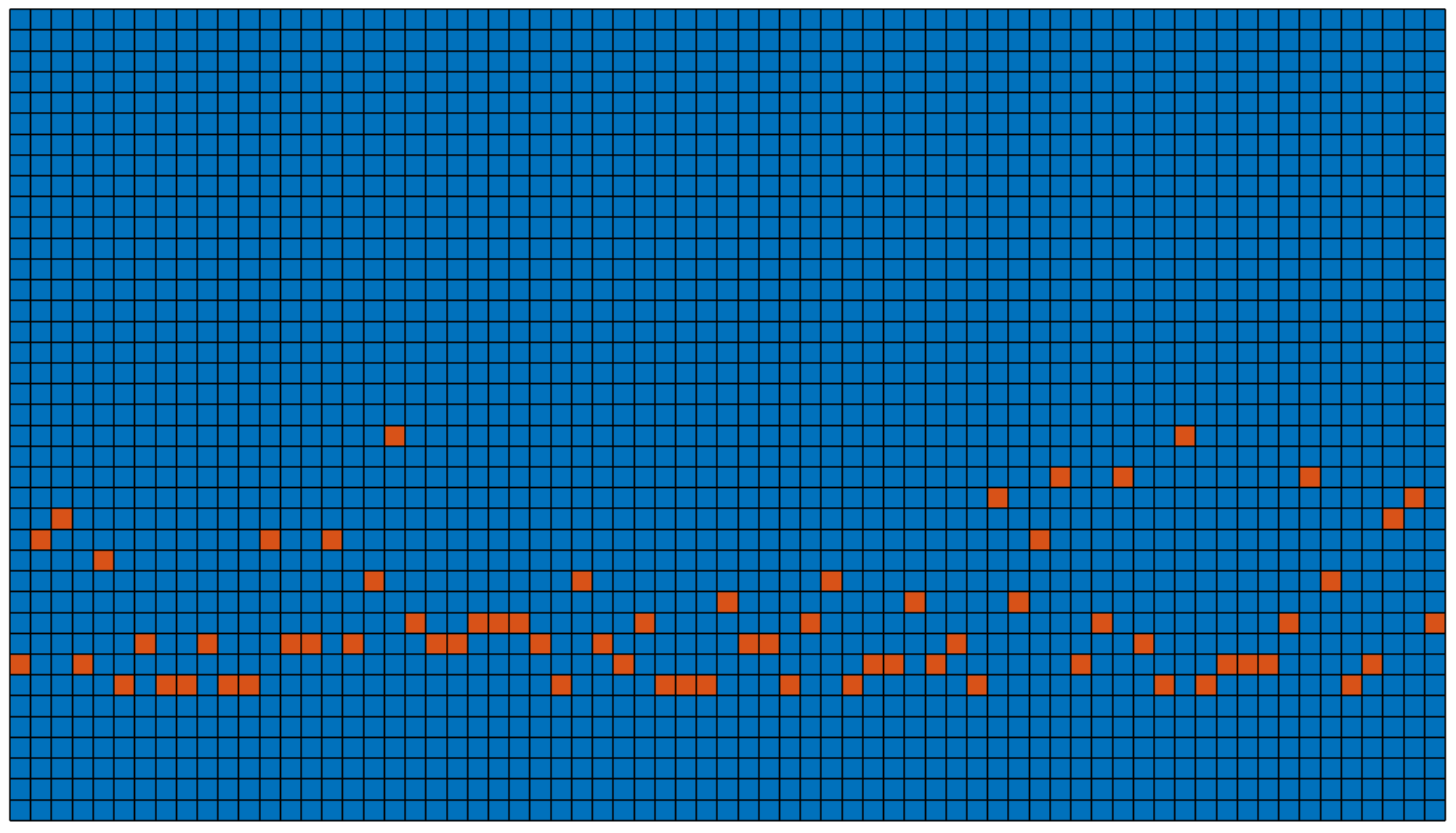
Here is the first of several animated models of bioturbation. It simulates the effect of mixing of a 5 cm thick layer by benthic organisms on a single 1 cm thick layer of red particles. Continue reading “MATLAB-Based Simulation of Bioturbation, Part 3”
MATLAB-Based Simulation of Bioturbation, Part 2
Bioturbation (or benthic mixing) causes significant distortions in marine stable isotope signals and other palaeoceanographic records. In an earlier post I introduced a MATLAB-based model to study the effect of bioturbation on isotopic signals from stratigraphic carriers such as foraminifera. This post will demonstrate how to create a publishable figure showing the uppermost layers of a sediment sequence affected by bioturbation. The following posts will introduce MATLAB-based animations of the benthic mixing. Continue reading “MATLAB-Based Simulation of Bioturbation, Part 2”
PCA-Based Provenance Analysis of Varved Sediments from the NW Argentine Andes
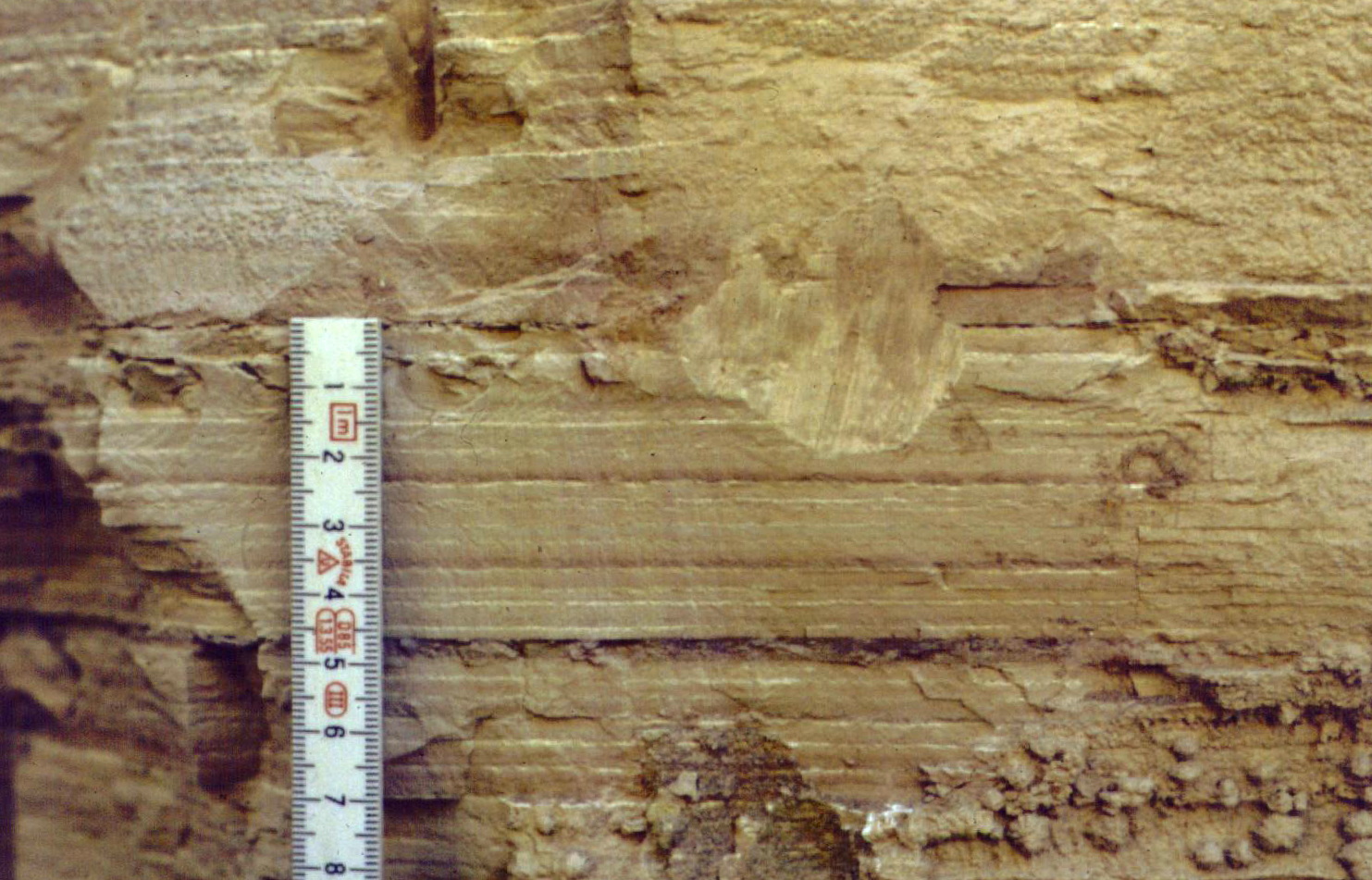
The principal component analysis (PCA) can be used to decipher the statistically independent contribution of the source rocks to the sediment compositions in the Santa Maria Basin, NW Argentine Andes. Continue reading “PCA-Based Provenance Analysis of Varved Sediments from the NW Argentine Andes”

